Diverse Content Offerings
The Movie Theatre Market is witnessing a shift towards diverse content offerings, which appears to be a strategic response to changing consumer preferences. The rise of independent films, documentaries, and international cinema has broadened the scope of what is available in theatres. This diversification is not merely a trend; it reflects a growing demand for varied storytelling that resonates with different cultural backgrounds. Data indicates that theatres showcasing a wider array of films have seen an increase in attendance by approximately 15%. Additionally, the inclusion of special screenings, such as film festivals and themed events, further enriches the viewing experience. By catering to niche audiences, the Movie Theatre Market is likely to enhance its relevance and attract a broader demographic, thereby driving revenue growth.
Enhanced Consumer Experience
The Movie Theatre Market is increasingly focused on enhancing the consumer experience through various innovations. This includes the integration of advanced sound systems, high-definition screens, and comfortable seating arrangements. The introduction of luxury seating options has been particularly noteworthy, as it caters to a demographic willing to pay a premium for a superior viewing experience. According to recent data, theatres that have adopted these enhancements report a 20% increase in customer satisfaction ratings. Furthermore, the rise of immersive technologies, such as virtual reality and augmented reality, is expected to redefine the traditional cinema experience, potentially attracting a younger audience. As theatres strive to create a more engaging environment, the overall appeal of the Movie Theatre Market is likely to grow, encouraging repeat visits and fostering brand loyalty.
Increased Focus on Sustainability
The Movie Theatre Market is increasingly prioritizing sustainability initiatives as consumers become more environmentally conscious. Theatres are adopting eco-friendly practices, such as energy-efficient lighting, waste reduction programs, and sustainable sourcing of materials. This shift not only aligns with consumer values but also presents an opportunity for theatres to reduce operational costs. Data suggests that theatres implementing green practices can save up to 30% on energy bills, which can be reinvested into enhancing the customer experience. Furthermore, marketing these sustainability efforts can attract a demographic that prioritizes eco-friendliness, potentially increasing foot traffic. As the industry moves towards more sustainable operations, the Movie Theatre Market may find itself better positioned to meet the expectations of modern audiences.
Technological Integration and Innovation
The Movie Theatre Market is undergoing a transformation driven by technological integration and innovation. The adoption of advanced ticketing systems, mobile applications, and contactless payment options is streamlining the consumer experience. Moreover, the implementation of data analytics allows theatres to better understand audience preferences and tailor their offerings accordingly. Recent data indicates that theatres utilizing these technologies have seen a 25% increase in online ticket sales. Additionally, innovations such as 4D and IMAX experiences are attracting audiences seeking unique entertainment options. As technology continues to evolve, the Movie Theatre Market is likely to embrace new advancements that enhance operational efficiency and consumer engagement, thereby fostering growth.
Strategic Partnerships and Collaborations
The Movie Theatre Market is increasingly characterized by strategic partnerships and collaborations that aim to enhance operational efficiency and audience reach. Theatres are forming alliances with streaming platforms, production companies, and even local businesses to create unique viewing experiences. For instance, exclusive premieres and special events can draw in larger crowds, while partnerships with food and beverage brands can enhance the overall consumer experience. Recent statistics suggest that theatres engaging in such collaborations have experienced a 10% increase in ticket sales. Moreover, these partnerships can facilitate cross-promotional opportunities, allowing theatres to tap into new customer bases. As the industry evolves, these strategic alliances may prove essential for sustaining growth and competitiveness within the Movie Theatre Market.
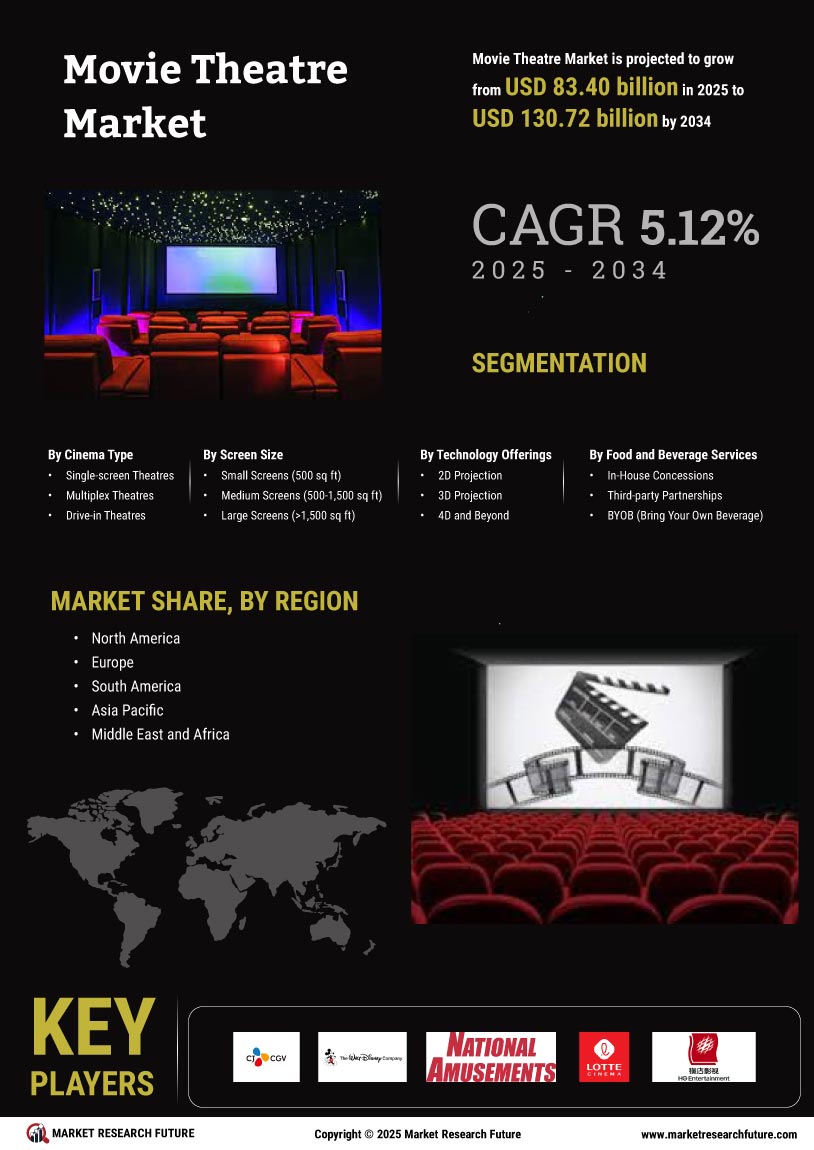




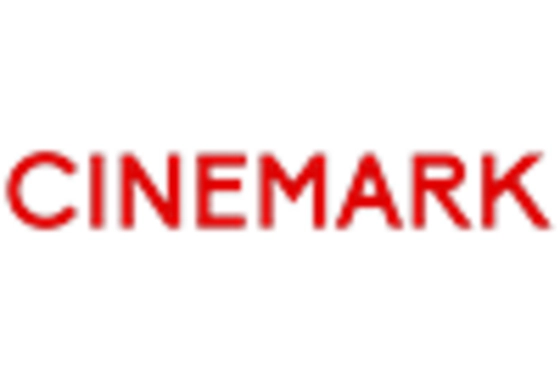
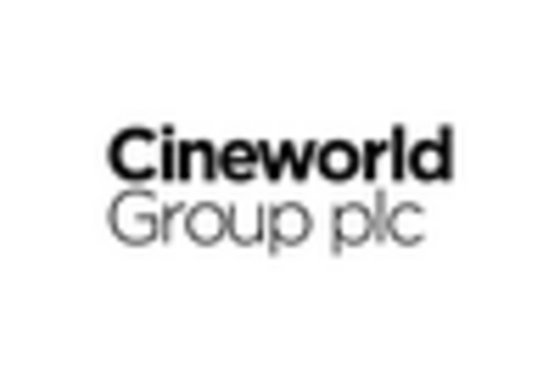
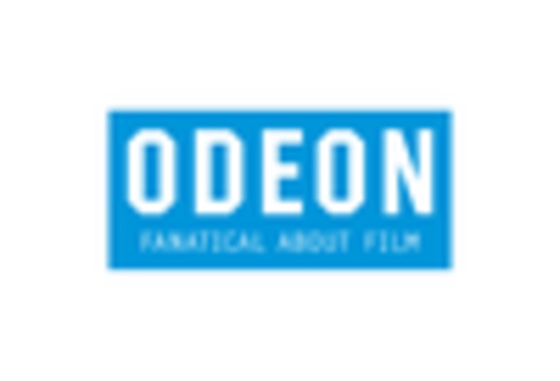
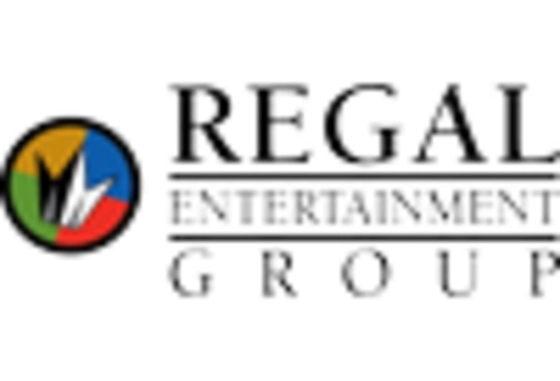
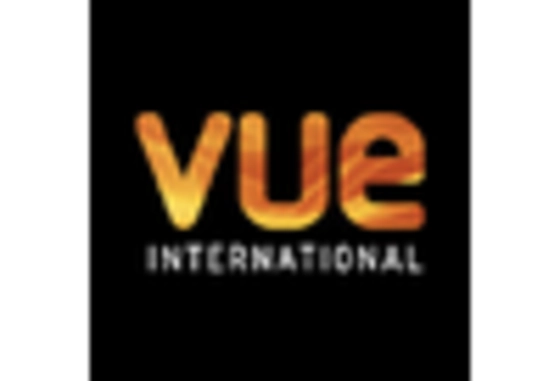








Leave a Comment